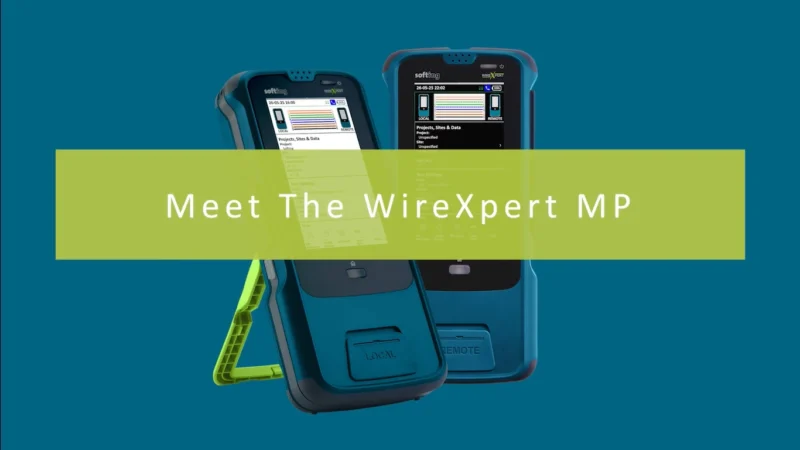Spatial Computing and Wi-Fi Sensing Signal Major Advancements in Connected Living by 2030
Spatial computing, Wi-FI, and other technology advancements are bringing the promise of connected living to new and exciting possibilities.
Smart cities are becoming a reality in urban development, driven by technologies like 5G, AI, IoT, and blockchain. These advancements promise to transform urban living into greener, more efficient, and inclusive spaces, addressing challenges like resource management, environmental sustainability, and social disparities. The city of 2030 expects to leverage data-driven infrastructures and innovative solutions, to enhance the quality of life and public services and ensure equitable access for all residents.
How are emerging technologies like spatial computing and Wi-Fi sensing shaping the future of connected living and smart cities?
Paul Doherty, CEO of The Digit Group and a world-renowned architect and smart cities consultant, highlights the integration of the digital and physical worlds through these technologies, emphasizing their potential to revolutionize safety, security, and entertainment in urban environments.
“Safety, security, entertainment, we’re seeing an endless way of having a connected living world by 2030 with these two underrated technologies, spatial computing, and Wi-Fi sensing,” Doherty said.








